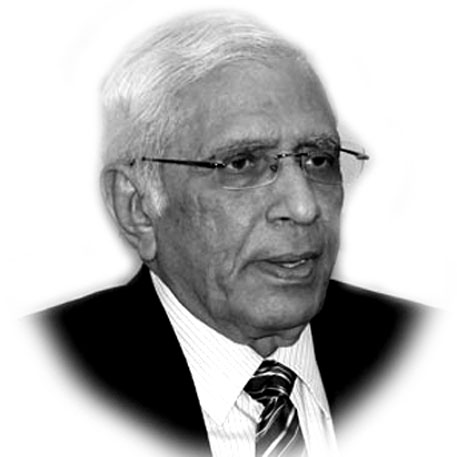Khalid Saleem
INDIA’S precipitate action in Indian-occupied Kashmir has opened up a Pandora’s Box in regional politics. Time may be opportune to go back to the drawing board and have a hard look at the options staring the region in the face. In this context, an over-the -shoulder look at India-US strategic ties may not be entirely out of context. It is up to the gentle reader to join the dots and complete the picture. The reader will recall that when the US-India nuclear deal was initialed in 2005, US President George W. Bush had gone out of his way to term India as a ‘strategic partner of the United States’. India’s, then, Prime Minister, on his part, had joyfully declared: “We have made history today”. For good measure, he had added that the nuclear deal “makes me confident that there is no limit to Indo-US partnership”.
What the Indo-US nuclear agreement essentially brought about was the conferring of a ‘special status’ to India. This status afforded it all the perks of a pampered NPT member, without the obligation to sign the Treaty itself. China – in a most rational reaction to this unprecedented pact – had pointed out that the deal should follow the rules of the global non-proliferation regime that India had refused to accede to. Chinese Foreign Ministry spokesman had stated, “Cooperation must conform to the requirements and provisions of the International Non-proliferation Regime and obligations undertaken by all countries”. An unwritten corollary of the deal was that India would, thenceforth, be effectively detached from the South Asian nuclear regime and catapulted into the international arena as a nascent regional power. From the United States’ point of view, containment of China appeared to be the primary objective of the much-vaunted new strategic partnership. In return, India had apparently agreed to shed the fig leaf of “panchasila” or whatever philosophy it was that was being propagated as such.
Having placed the (ominous) development in its proper perspective, it must be pointed out that it did arouse genuine security concerns in Pakistan. The US-India Nuclear Pact had the effect of throwing all regional calculations back into the melting pot. Pakistan was thereby pushed into the unenviable position of having to do all its strategic sums anew. Mere whining over a fait accompli never did any country any good. This was particularly true in this case, considering that this country was dealing with the sole superpower, and one that had developed illusions of imperial grandeur.
National security is not an absolute concept. There is no foolproof formula that can be put into operation in order to spring a rabbit out of the hat. Determination of the defence needs of a country is a most difficult and complicated exercise. The proportion of the national kitty to be spent on defence related items has perforce to be determined through an equation in which several variables figure – not all of them tangible. How best to co-relate and intermesh these different variables in order to arrive at a positive outcome is the name of the game.
Defence strategy, per se, can be visualized as the construction of a wall around one’s abode to keep intruders out. How high should the wall be to make it impregnable is the question that has been vexing experts for ages? The rule of the thumb would indicate that the wall would need to be high enough to keep invaders out and yet low enough to let in fresh air so that the people inside do not suffocate. Several developing countries are wallowing in the mire because they over-reached in their quest for defence related wherewithal. They stand guilty of having made the untenable choice of making their security wall so high that they found themselves in imminent danger of suffocating within. Add to this the inexorable truism that the more armaments a country amasses the more insecure it feels and you have the picture in a nutshell!
Now to revert to the issue at hand! Some circles in our dear land get all flustered every time our neighbour goes and does something out of ordinary. All this exhibits a lack of confidence in the ability of the State and the nation to hold its own, should things come to a crunch. Superiority in weaponry – real or notional – is only one of the many factors on which a state’s defence capability is based. Several other factors, some of them metaphysical, enter into the equation. It just will not do to treat this issue as uni-dimensional, devoid of supererogatory elements. One must not lose sight of the way the armed forces of the sole superpower, laced with latest and the most sophisticated in destructive weaponry, got bogged down in Iraq and Afghanistan.
Defence of a country is, in many ways, an attitude of mind – the collective mind – of its people. It is perforce conditioned by the inner strength of the people as a whole. No genre of armaments can be a substitute for the resolute will of a people and no dearth of weapons will inhibit a determined people in the defence of its integrity, independence and sovereignty, whatever the odds. History is replete with instances of such resolute stands by a determined people. In opting for the US umbrella, India did no more than expose its lack of confidence in its ability to stand on its own two feet. Borrowing a crutch from a big power by sacrificing freedom of manoeuvre has never yet benefited any country. India’s experience will be no different. For the US, over-reliance on the strategy to prop up India as a bulwark against China may well back-fire in the long run. On the other hand, if sanity were to prevail, it is the region that would be the gainer.
— The writer is a former ambassador and former assistant secretary general of OIC.










